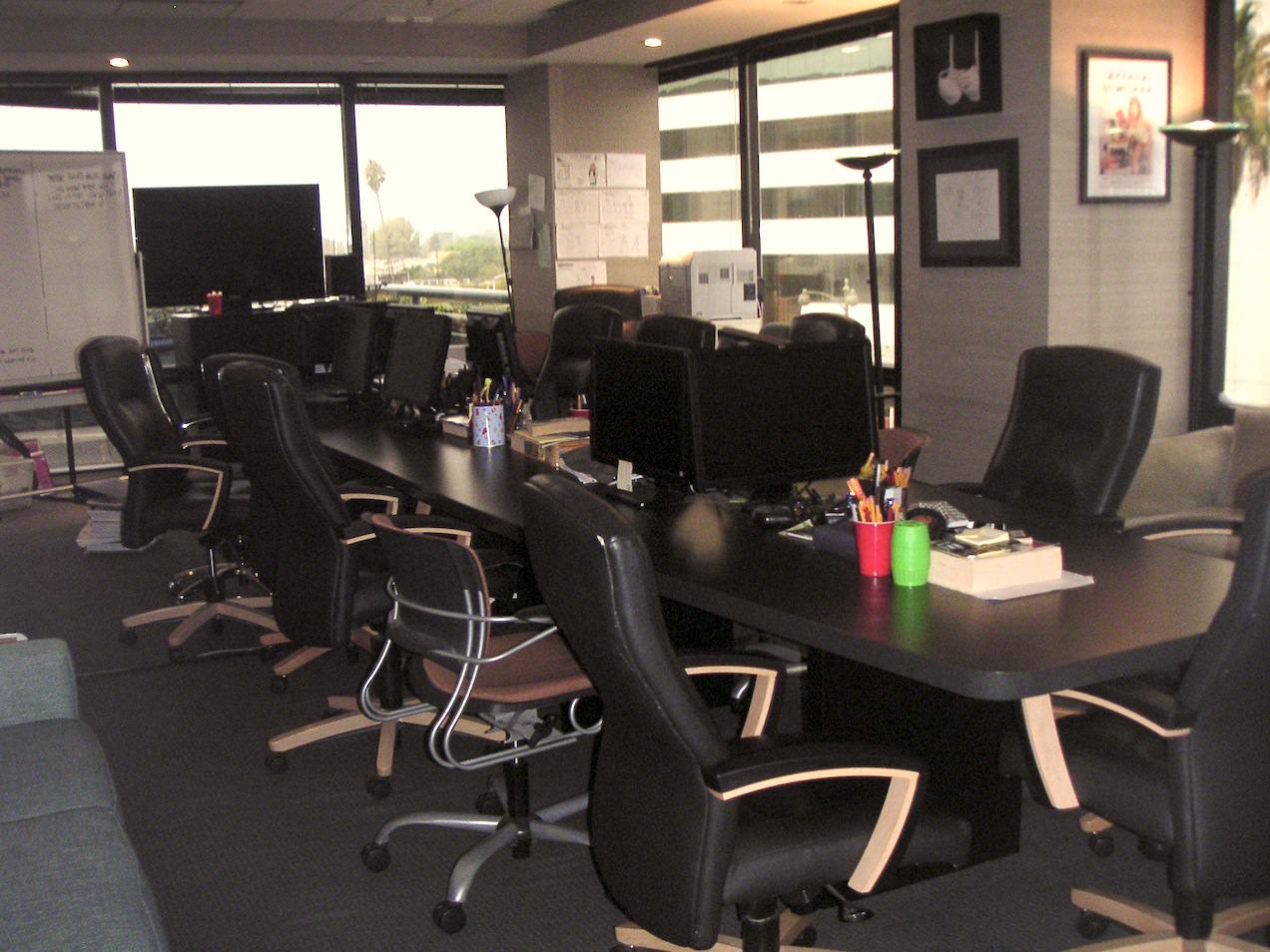John and Craig give heroes the week off and talk bad guys. Not every movie needs a villain, but if you have one, he better be good.
Also this week, follow-up on Courier Prime, John’s TV pilot, and most importantly Craig’s movie Identity Thief, which hits theaters this weekend.
In our One Cool Things, John talks up Gillian Flynn’s terrific but tough-to-adapt Gone Girl, while Craig wants fewer dead athletes.
LINKS:
- Identity Thief trailer on Apple
- Big Fish tickets on sale in Chicago
- Every Villain is a Hero
- Writing Better Bad Guys
- Screenwriting and the Problem of Evil
- Gone Girl by Gillian Flynn
- Researchers Discover 28 New Cases of Brain Damage in Deceased Football Players
- Easton-Bell Sports unveils pitcher’s helmet
- OUTRO: Last Dance by Ariana Grande
You can download the episode here: AAC.
UPDATE 2-9-13: The transcript of this episode can be found here.
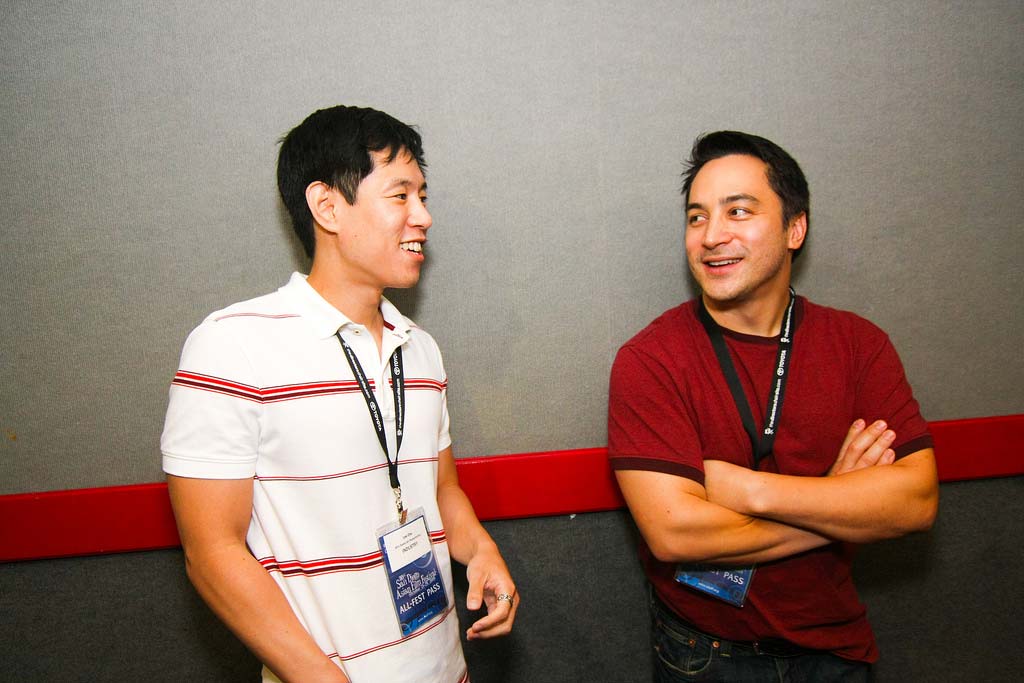
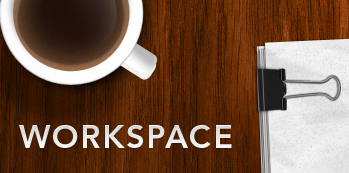

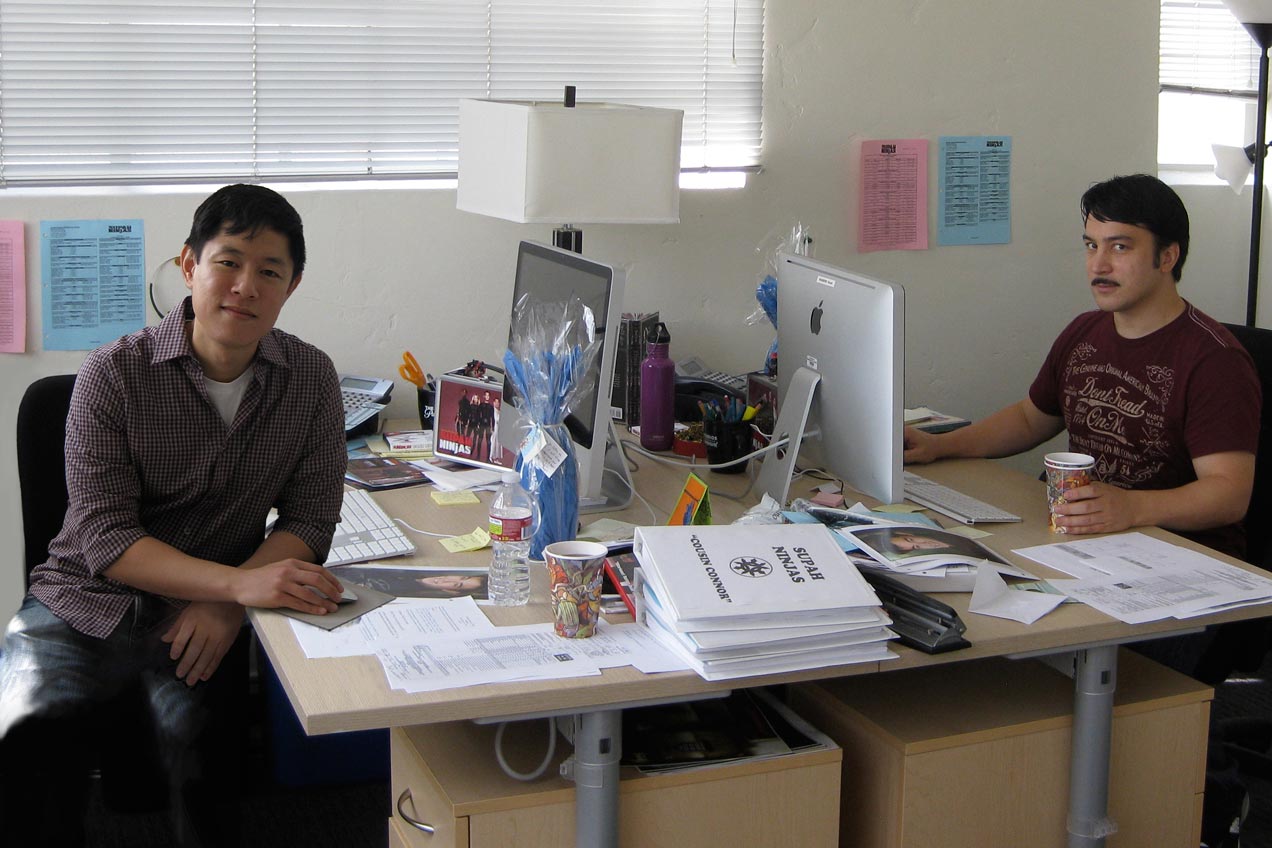
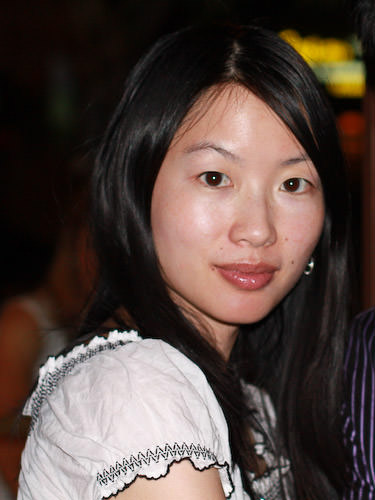 I’m Cherry Chevapravatdumrong. I write for Family Guy and I also write books.
I’m Cherry Chevapravatdumrong. I write for Family Guy and I also write books. 